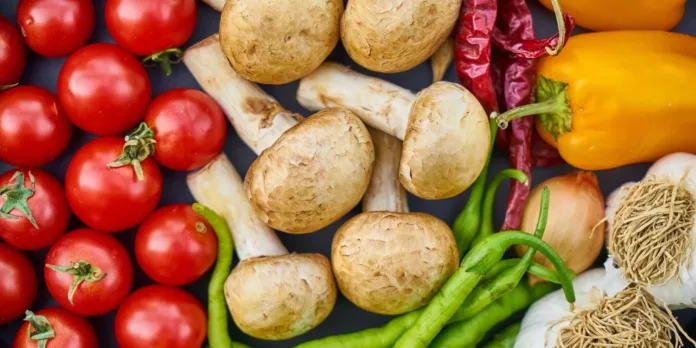In July, wholesale price-based inflation fell for the second consecutive month to 11.16 percent, owing to lower household income, despite higher prices for manufactured goods and crude oil. In July, however, WPI inflation stayed in double digits for the fourth month in a row, owing to a relatively low year. In July 2020, WPI inflation was (-) 0.25 percent. When compared to the same month last year, “the high rate of inflation in July 2021 is due mostly to a low base effect, as well as an increase in the costs of crude petroleum and natural gas, mineral oils, consumer items such as basic metals, packaged foods, textiles, consumer durables, and so on.”
Despite a surge in onion prices, food inflation in July was ‘zero’ percent, down from 3.09 percent in June. Onion inflation was quite high, at 72.01 percent. In July, inflation in crude oil and natural gas was 40.28 percent, compared to 36.34 percent in June. In July, inflation in manufactured goods was 11.20 percent, up from 10.88 percent from the previous month. Inflation in the wholesale price index (WPI) reached a new high of 13.11 percent in May, up from 10.74 percent in April. In June, it fell to 12.07 percent, and in July, it fell to 11.16 percent.
Core inflation is projected to have reached 10.8% in July 2021, according to ICRA Chief Economist Aditi Nayar. She believes that the significant rise in core-WPI inflation starting in August 2020, as well as the influence of concerns about the Delta plus variation on commodity prices, will steadily soften the cornerstone print in the future. “Headline WPI inflation is forecast to persist in double digits through October 2021,” Nayar said, adding that the recent weakening is unlikely to bring any meaningful relief to the monetary policy committee.
The Reserve Bank of India (RBI), which focuses on retail inflation, left interest rates at historic lows in its monetary policy announcement last week. It anticipated CPI or retail inflation at 5.7 percent during 2021-22, up from its previous estimate of 5.1 percent. Data published this week showed retail inflation fell to 5.59 percent in July, mostly owing to decreasing food costs.
However, according to Sanjay Aggarwal who is the president of the Ph.D. Chamber of Commerce and Industry, despite monthly decreases in WPI inflation, the increase in WPI inflation in manufactured products from 10.9 percent to 11.2 percent in July 2021 is concerning since it impacts the cost of production and reduces price-cost margins for manufacturers. “High raw material prices are providing a severe difficulty for small enterprises to operate in these challenging epidemic times, and this needs to be addressed right away,” Aggarwal said.
Follow and Connect with us on Facebook, LinkedIn & Twitter

